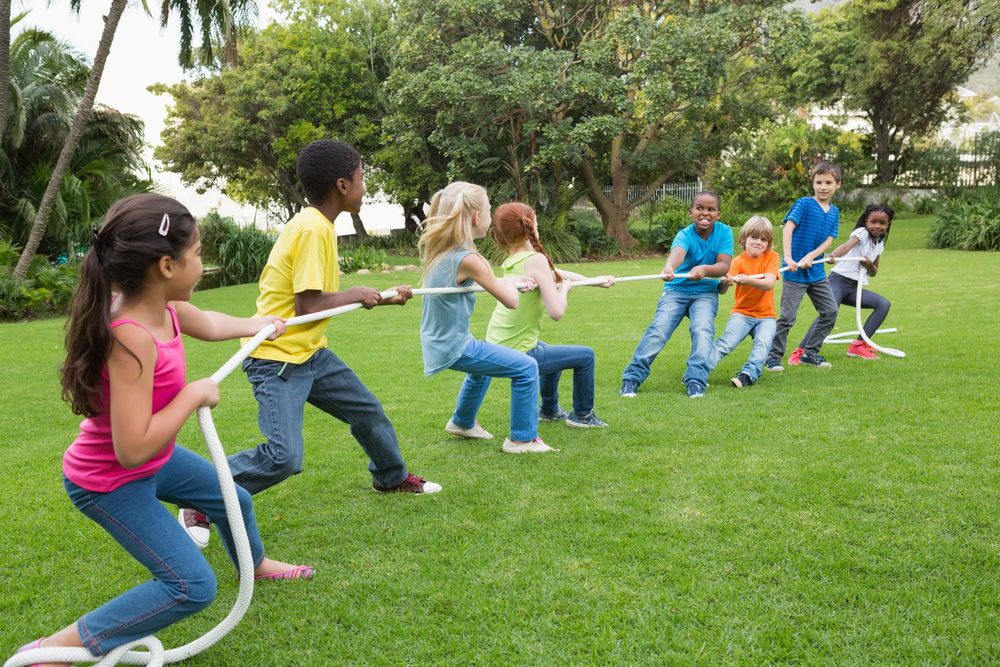On World Mental Health Day, Dr Kristy Howells, discusses the power of physical activity and how it can improve the mental health of children and adults.
Physical activity has the power to be life-changing; it has the potential to improve the mental health and wellbeing of children. Engaging in physical activity, including through sport, movement and physical education, can be a positive experience that can help increase confidence and self-esteem through regular participation, prevent mental health difficulties and improve the quality of life of individuals experiencing mental health issues. More education and more dedicated curriculum time are needed to ensure that children and young people understand and meet the recommended guidelines for daily physical activity to support positive mental health and prevent suicide or suicidal ideation.
Evidence suggests that school-based physical activity has an important role to play in reducing feelings of hopelessness, suicide and self-harm. The new curriculum policy for Health Education within Relationships and Sex Education (RSE) focuses on the importance of physical health and fitness as a way of combating stress and supporting positive mental health. Physical activity has the potential to reduce the sense of hopelessness and suicide ideation in adolescents.
Being part of a sports team is associated with lower depressive symptoms, lower perceived stress and better self-rated mental health in young people and research by has also found that physical activity, in particular frequent vigorous activity, had protective measurement against feelings of hopeless and suicide risk in adolescents especially males.
During Children’s Mental Health week I highlighted the importance of focusing on physical health and mental wellbeing. RSE will become compulsory in both primary and secondary age phases from 2020. This new curriculum suggests that ‘teachers should be clear that mental wellbeing is a normal part of daily life, in the same way as physical health’.
The emphasis on the word ‘normal’ is an interesting use of language. Teachers report to endure greater job related stress than other professionals. How can our teachers be wellbeing role models, if they are so impacted by stress and low levels of wellbeing themselves? Are they being as physically active as they can be or do they simply not have the time? Teacher comments within the government’s own teaching blogs, highlight the need to address teacher wellbeing. They propose switching off servers to reduce the level of emails sent and to encourage staff to talk to each other. They also suggest eating cake at break as well as art therapy and circuit training to support wellbeing and happiness. The emphasis is directed at staff coming together as a community, developing connectedness and reducing loneliness, although the suggestion of eating cake as a recommendation for wellbeing is perhaps at odds with the new curriculum’s focus on healthy eating.
The aim of health education is to enable children (and teachers) to understand the benefits of physical activity and time spent outdoors as well as developing long term physical and mental wellbeing habits. Health education can also support children’s understanding of the importance of sleep, good nutrition and strategies for building resilience. Being actively involved in life long participation in sport, physical activity and movement can enhance feelings of connectedness, remove the feelings of loneliness and hopelessness and thus reduce feelings of suicidal ideation.
Dr Kristy Howells is Reader and Director of Physical Education and Sport Pedagogy in the Faculty of Education.
 Expert comment
Expert comment Emma Grafton-Williams
Emma Grafton-Williams 2728
2728


